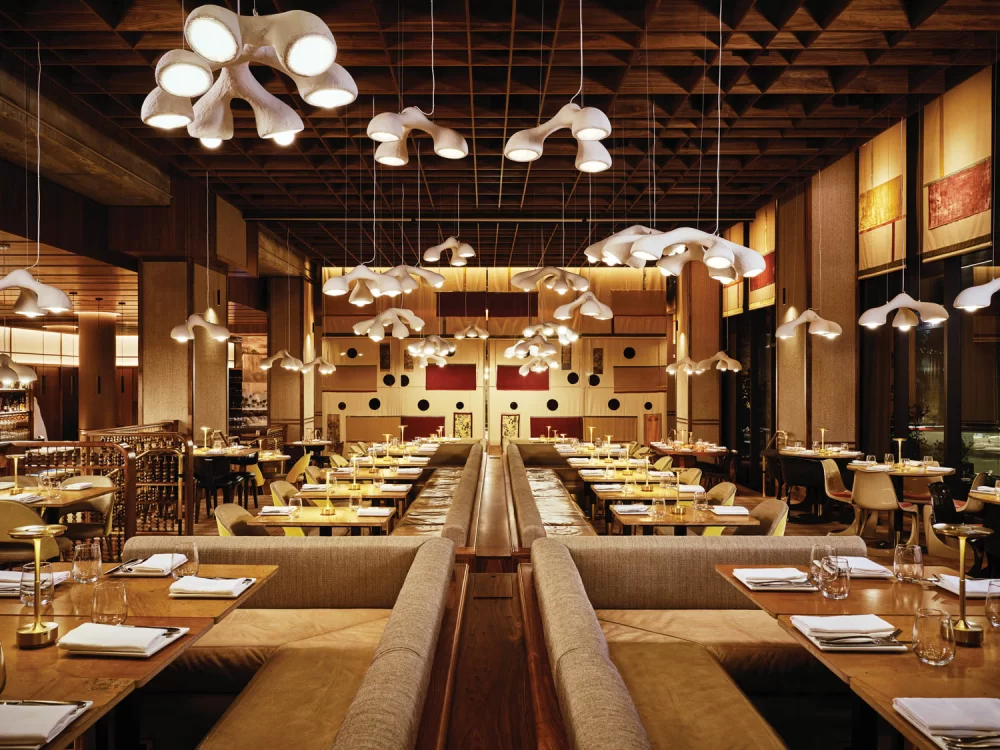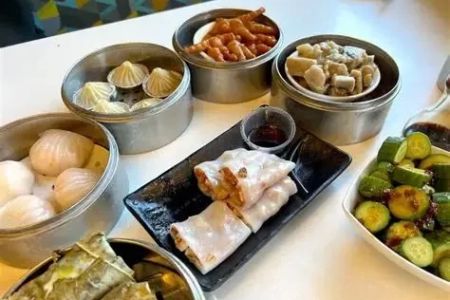- Chinese Restaurant Design: The Foundation of Ambiance
- Blending Tradition with Modern Elements
- Color Palette and Material Choices
- Lighting and Layout Optimization
- Real-Life Examples of Successful Chinese Restaurant Interiors
- Professional Tips to Boost Restaurant Appeal
- Finding the Right Products and Services
1. Chinese Restaurant Design: The Foundation of Ambiance
The interior design of a Chinese restaurant sets the tone for the dining experience. It’s not just about aesthetics; it shapes how customers feel and interact with the space. Good design evokes a sense of authenticity and comfort while reflecting the rich cultural heritage of China.
At the core, Chinese restaurant interior design ideas must prioritize cultural symbolism—elements like traditional motifs, calligraphy, and regional influences play a vital role. For example, incorporating elements from Cantonese, Sichuan, or Beijing styles can create a unique identity that resonates with the cuisine served. This foundation invites guests to immerse themselves not only in the food but also in the cultural ambiance, increasing customer loyalty and positive word-of-mouth.
1.1 Cultural Significance and Design Themes
Each Chinese region has distinctive artistic and architectural characteristics. A successful design often leans into these to create a thematic environment. Red and gold, colors symbolizing prosperity and luck, are frequently used but should be balanced with neutral tones to avoid overwhelming the space. Incorporating traditional art pieces like Chinese lanterns, porcelain vases, or wood carvings can enrich the decor without cluttering it.
1.2 The Role of Space Planning
How a space is arranged influences the flow of customers and staff. Strategic placement of tables, waiting areas, and private dining rooms ensures comfort and privacy while maintaining efficient service. Open layouts paired with semi-private booths often work well to cater to different customer preferences.
2. Blending Tradition with Modern Elements
While tradition is important, many contemporary Chinese restaurants successfully merge classic decor with modern design features. This fusion creates an inviting and trendy atmosphere that appeals to a broader audience, including younger customers who appreciate innovation alongside heritage.
For instance, minimalist furniture made from natural materials, paired with subtle Chinese motifs, achieves a fresh look without losing cultural identity. Digital menu boards, ambient lighting, and sleek finishes can coexist with paper lanterns and bamboo accents to strike the perfect balance.
2.1 Contemporary Interpretations of Traditional Art
One intriguing approach is using abstract versions of traditional patterns or modern lighting that mimics the shape of classic Chinese lanterns. This technique maintains visual connection to Chinese culture while giving the space a sophisticated, up-to-date vibe.
2.2 Sustainability in Chinese Restaurant Design
Integrating eco-friendly materials and energy-efficient lighting not only reduces operational costs but also appeals to environmentally conscious customers. Bamboo flooring, recycled wood furniture, and non-toxic paints reflect a commitment to sustainability without compromising style.
3. Color Palette and Material Choices
Color and texture deeply affect mood and perception in any interior space. Chinese restaurant interior design ideas frequently rely on a palette that honors tradition but can be adapted for modern tastes.
3.1 Symbolic Colors and Their Usage
Red is often the star color, symbolizing happiness and fortune, but too much red can cause visual fatigue. Incorporating gold accents, deep greens, and earth tones can create warmth and balance. Additionally, subtle blues and whites inspired by Chinese porcelain add elegance and calm.
3.2 Material Texture and Authenticity
Natural materials such as wood, stone, and bamboo bring authenticity and tactile richness. Polished wooden panels, intricate lattice screens, and stone tabletops are common features that combine functionality with cultural storytelling. These materials also age well, giving the restaurant a timeless feel.
4. Lighting and Layout Optimization
Lighting in a Chinese restaurant is both a functional and emotional tool. Properly designed lighting highlights architectural features and food presentation, while creating a comfortable and inviting atmosphere.
4.1 Layered Lighting Design
Layering ambient, task, and accent lighting allows control over mood and focus areas. Warm-toned lights create intimacy, while adjustable fixtures can spotlight artwork or dining tables. Incorporating lantern-style pendants or wall sconces reinforces the thematic design.
4.2 Flow and Customer Experience
Layout influences customer movement and interaction. Wide aisles, clear signage, and a welcoming entrance help guests feel at ease. Separating noisy kitchen areas or staff-only zones preserves tranquility in dining spaces.
5. Real-Life Examples of Successful Chinese Restaurant Interiors
Take the case of "Golden Dragon," a well-known Chinese restaurant in New York. They combined rich mahogany woodwork with modern lighting technology, creating a space that feels both luxurious and accessible. Their use of traditional Chinese murals alongside contemporary furniture was widely praised, attracting a loyal clientele who appreciate the blend of old and new.
Another example is "Lotus Garden" in San Francisco, which opted for a minimalist design using natural materials and subtle traditional accents. Their clean lines and calming colors have made the space popular for both casual diners and private events, showcasing how thoughtful design can broaden market appeal.
6. Professional Tips to Boost Restaurant Appeal
Design professionals recommend focusing on authenticity, customer comfort, and flexibility. Authentic decor attracts guests seeking cultural immersion, while comfortable seating and good acoustics ensure they stay longer. Flexible spaces allow for events or group dining, increasing usability.
Investing in quality materials and lighting upfront can reduce maintenance costs and keep the restaurant looking fresh over time. Listening to customer feedback on the atmosphere can also guide incremental design improvements.
7. Finding the Right Products and Services
Choosing the right furniture, lighting, and decorative elements is crucial. For those seeking trusted suppliers and expert advice, visiting Chinese Food provides a curated selection of products and services perfectly suited for Chinese restaurant interior design needs. Whether you’re starting a new project or updating an existing space, this resource offers tailored recommendations to match your vision and budget.
From traditional lanterns and art pieces to modern furniture and eco-friendly materials, the right choice enhances the dining experience and supports business growth.








